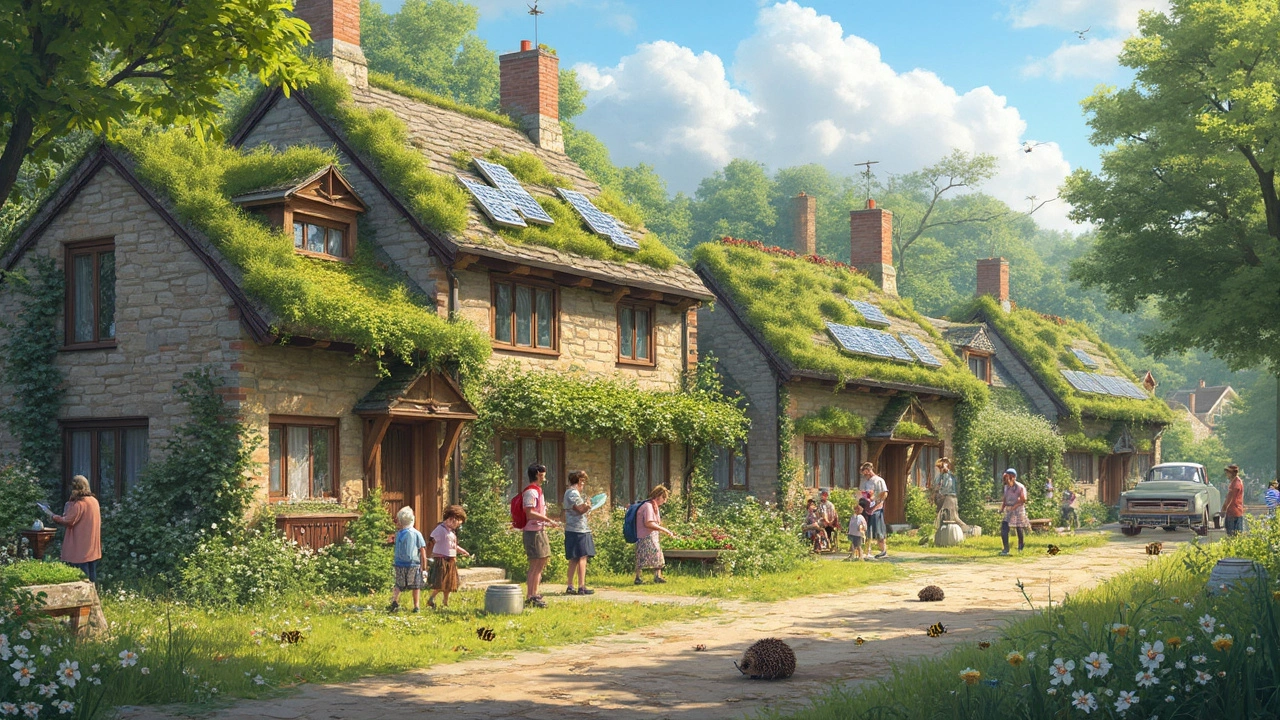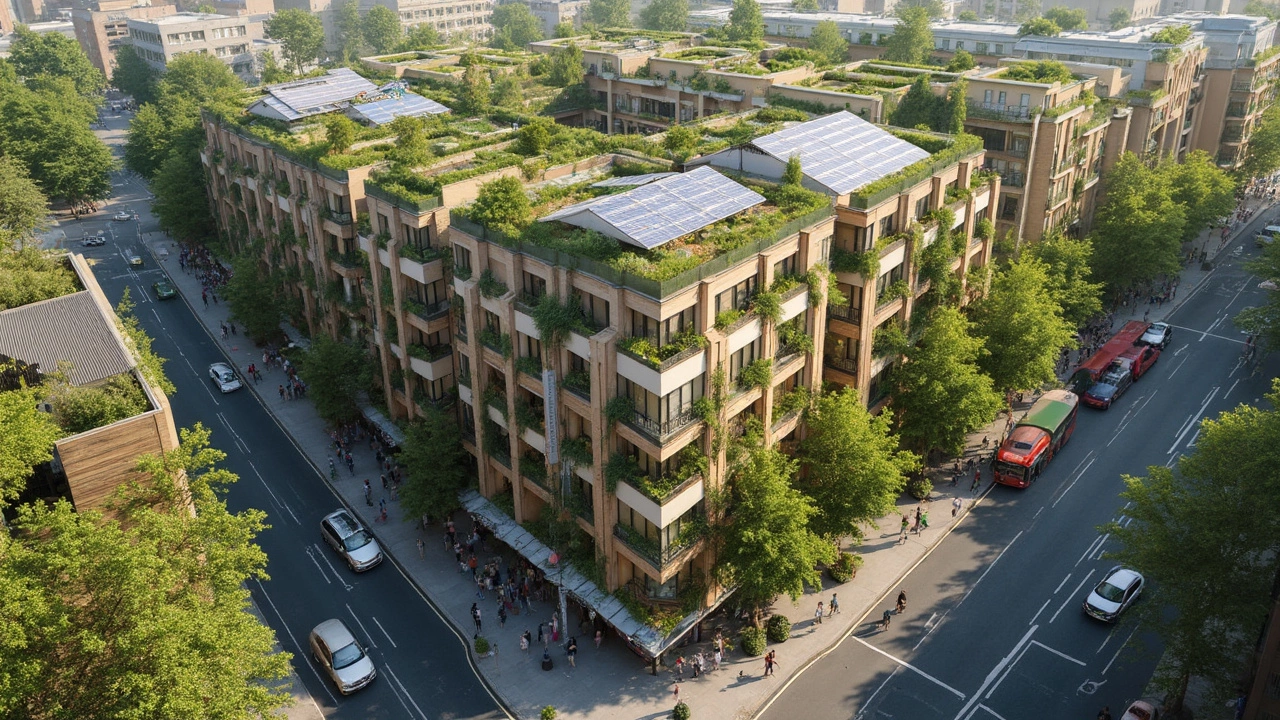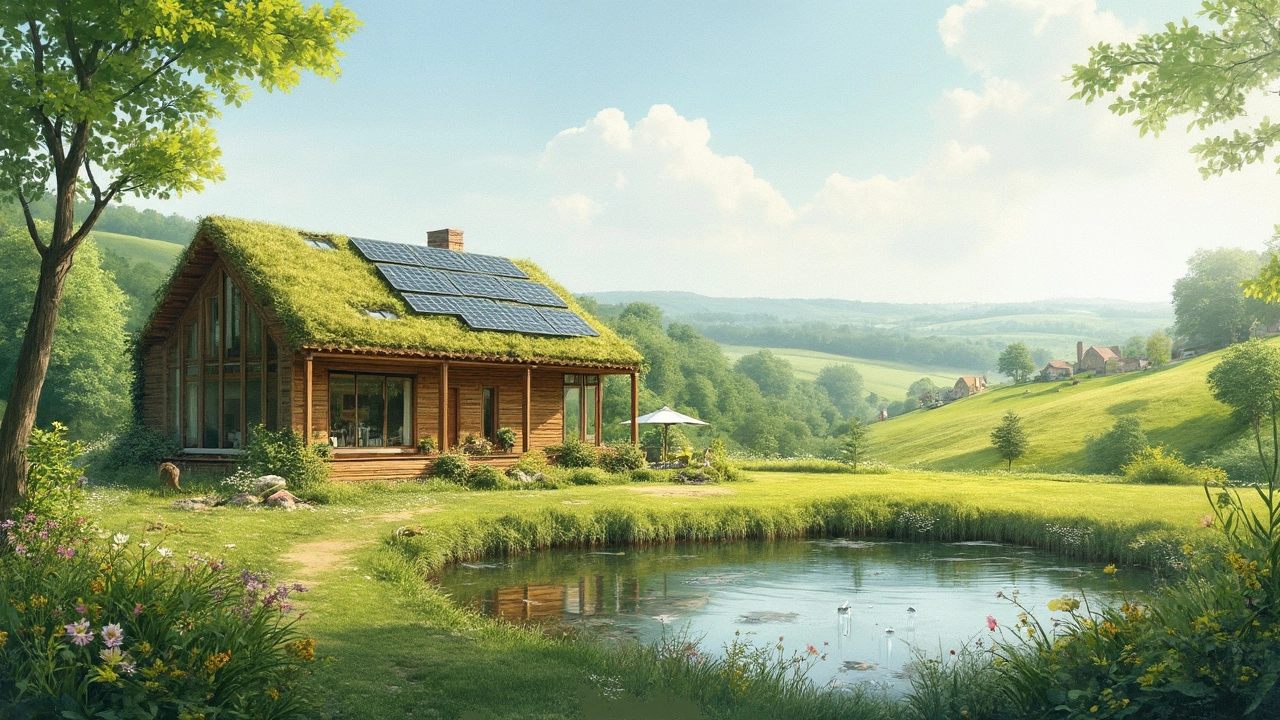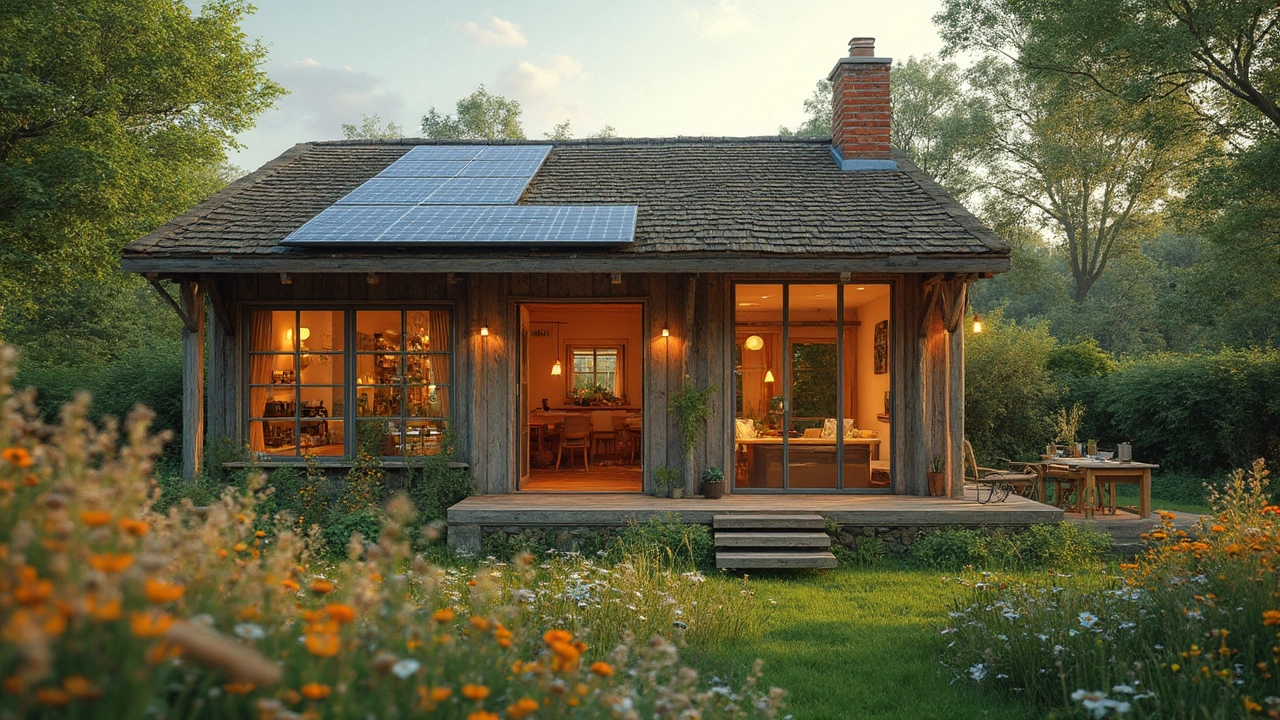Green Home Made Simple: Easy Eco‑Friendly Upgrades
Want to lower your bills and help the planet without turning your home into a hi‑tech lab? You don’t need to gut the place or spend a fortune. A few smart moves can make any house greener, cozier, and cheaper to run.
Start with the Basics: Insulation and Lighting
First thing’s first – stop heat from escaping. Check the loft, walls, and around windows for drafts. Adding a roll of foil‑backed insulation to the loft can shave off up to 15 % of heating costs. If you spot gaps, seal them with weather‑stripping – it’s cheap and works fast.
Next up, lighting. Swap out old bulbs for LED equivalents. LEDs use up to 80 % less electricity and last ten times longer. If you’re keen on ambiance, look for dimmable LEDs; they let you set the mood while still saving power.
Smart Choices for Water and Waste
Water use is a silent energy drain. Install low‑flow showerheads and tap aerators – they cut water use by a third without sacrificing pressure. A dual‑flush toilet gives you control over how much water each flush uses, which adds up over time.
When it comes to waste, think reuse before recycle. Turn glass jars into pantry storage, repurpose wooden pallets for shelving, and compost kitchen scraps. Compost not only reduces landfill waste but gives you rich soil for a garden, cutting down on store‑bought fertilizer.
Beyond the basics, a few extra steps can boost your green credentials. A programmable thermostat learns your schedule and adjusts heating or cooling automatically, meaning you never waste energy when you’re out. Solar panels are a bigger investment, but many homeowners see payback in 5‑7 years, especially with government incentives.
If you’re remodeling, choose materials with low embodied carbon. Reclaimed wood, bamboo flooring, and cellulose insulation are all solid choices. They look great, feel warm, and keep your carbon footprint down.
Don’t forget indoor air quality. Houseplants like spider plant, peace lily, or snake plant naturally filter pollutants. Pair them with a simple air purifier for rooms that see a lot of traffic.
Finally, track your progress. Use a smart plug or a basic energy monitor to see which appliances hog power. You’ll be surprised how much a fridge set a few degrees colder or a charger left plugged in can add up.
Turning your house into a green home isn’t about perfection; it’s about making better choices one step at a time. Start with insulation, swap to LEDs, tighten up water use, and watch the savings roll in. Before you know it, you’ll have a healthier home, lower bills, and a clear conscience – all without a massive overhaul.

Eco-Friendly House: What’s It Really Called?
Wondering what counts as an eco-friendly house? This practical guide unpacks all the names and features people use to describe truly green homes. We break down the differences between terms like sustainable, passive, and zero-energy, plus simple facts that help you spot an eco-friendly cottage. Learn what actually makes a home kind to the planet, and grab real-life tips to make your living space just a bit greener.
Continue Reading
Is Living in an Apartment More Eco-Friendly Than a House?
Choosing between an apartment and a house can impact your ecological footprint. Apartments generally offer reduced energy consumption due to shared walls, but houses can be made more sustainable with modifications. While urban apartments might minimize commute emissions, houses in suburban areas could rely more on renewable energy. It all hinges on lifestyle and local resources, making one option greener than the other depending on personal and location-specific factors.
Continue Reading
Best Places to Build an Eco-Friendly House
Building an eco-friendly house is more than choosing eco-materials or solar panels; it's about selecting the right location. Explore the essential factors that make a site ideal for a green home, including local climate, available resources, and community offerings. Understand how the environment impacts energy efficiency, and discover how to check for supportive eco-initiatives nearby. Dive into the specific locations that make living sustainably easier and more rewarding.
Continue Reading
Exploring the World of Eco Cottages: Sustainable Living Explained
Eco cottages are small, sustainable homes designed with eco-friendly materials and strategies to minimize environmental impact. These cottages often use renewable energy sources, recycled materials, and efficient insulation to reduce energy consumption. They provide a simplistic lifestyle aligning closely with nature, all while ensuring modern comforts. This article delves into what defines an eco cottage, how they conserve resources, and tips on creating one that suits your style and needs.
Continue Reading